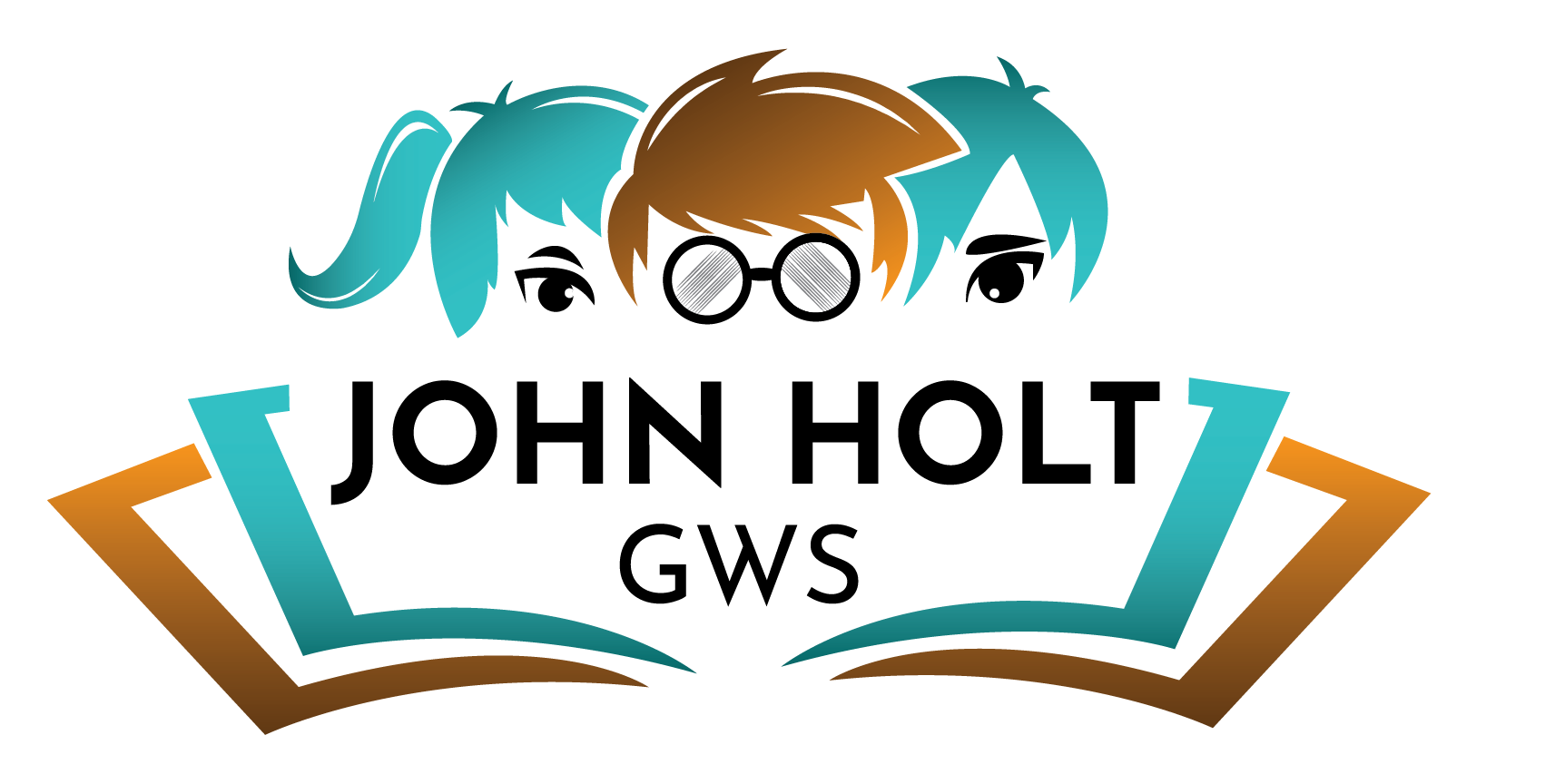Free Range Learning
Free Range Learning: How Homeschooling Changes Everything by Laura Grace Weldon is a welcome addition to homeschooling literature. Starting from the point of view that “Natural learning happens all the time,” Weldon cites many familiar, and some new, books, research, and data to support that claim. This information can be useful to present to skeptics, if they are open-minded, but it is probably most useful to any parent wondering how much teaching they need to do with their child at home. In short—don’t teach unless the child asks a question. If you create a relaxed, open atmosphere at home the questions will flow from the kids, as the families in this book show and the parents of healthy, pre-school-age children can attest. Dr. Raymond Moore used to say that he could determine a good learning situation by who was asking the questions: if the teacher is asking the questions, it isn’t good; if the children are asking the questions, it’s a good learning situation.
Most important, Weldon fills this book with first-hand accounts by homeschooling parents and children that not only add much meat to the research bones presented, but also add much humanity. Rather than issuing lists of “do this but don’t do that” to fit your homeschooling into, Weldon lays out a full palette of options that families use, often stories told in their own words, and asks the reader to mix and match them to develop their own homeschooling palette.
The first half of this book is an overview not just of natural learning, but also of many related philosophies and theories about learning, such as Flow, authenticity, play, technology, interpersonal relationships, and community building. Her last chapter in this half of the book summarizes her idea that “homeschooling changes everything” and she does a very good job of showing the reader why that is so. I particularly enjoyed her section on “Homeschooling as a right,” because she steers clear of calling for laws or professional groups to protect homeschooling (both laws and professional groups are constantly subject to revision based on who is in power and their agenda) and instead calls for us, the citizens and parents, to protect our rights ourselves by not giving that power up to others. We currently, and always have had, the right to homeschool in the United States, subject to local laws and regulations if they are present. But Weldon is sharp in noting that corporations seeking to make money from homeschooling often help shape legislation or regulations that allow state funds to flow to their companies in exchange for “homeschooling” children enrolled in their programs (typically computer-based, distance learning programs). She writes:
We cannot permit entrepreneurs selling education as a product through our school districts to co-opt our hard won freedoms or use the term “homeschooling.” We must continue to define homeschooling ourselves.
No matter what changes are made to the educational systems in the wider culture, the right to homeschool must be protected. This is the oldest and most successful form of learning known to mankind. It’s also the most natural form of learning. Children playing, learning and growing up with close family ties in a community where they gain experience among people of all ages—this is how nearly every one of our ancestors learned. This works. Learning does not have to be regulated and legislated. It does not have to be a for-profit venture. If we don’t defend homeschooling, our right to define homeschooling for ourselves can be lost.
Most homeschoolers embrace the freedom to use whatever works for their children to learn and, as you’ll read in the second half of this book, there are many, many different ways to help children learn besides computer-based instruction. In this part, Weldon provides not just first-hand accounts of learning all the standard school subjects, and lists of resources and books to help you along the way, but also sound advice for getting children into the world by using adventure travel, field trips, volunteerism, spirituality, and current events not as secondary offerings—as they are so often in school, if they are there at all—but as the primary course for helping children grow and learn. If you are considering homeschooling, or are in the thick of it, this book will inspire and help you. If you are a teacher or a parent with children in school, this book will show you many new ways to think about learning and how you can help children.
